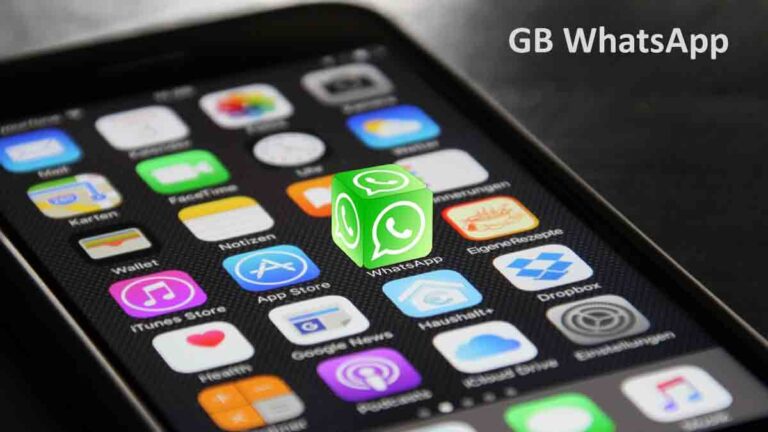Technology stack behind on-demand App development
Mobile On-Demand App Development
The technology stack behind on-demand app development. With the advancement of technology, businesses are evolving at a faster rate. Many companies started providing their services on-demand to cater to the changing needs of their target audience.
These companies are on the continuous lookout for app developers to get their mobile and web application built. But they do not have a proper understanding of the technology stack behind the app developed, leaving the decision to the developers.

Though the developers opt for the best set of technologies to get the app developed, companies often want to change them halfway through the app development.
To avoid such a scenario that causes difficulty to both parties, companies need to have a basic understanding of the set of technologies that the app development company is going to use for building the app.
Hence, we have come up with the following article on the tech stack used behind the development of on-demand services apps.
On-Demand App Development Services
Geolocation
GPS-enabled map integration is a vital part of any on-demand app development services. From the service provider starting from their origin point to delivering the order/service to the desired destination. Every detail is used to keep the customer notified.
This is made possible by the use of the following technology:
For the device’s location:
Android – Google’s location APIs
iOS – CoreLocation framework
For navigation:
Android – Google Maps Android API
iOS – MapKit
Push and text notifications
Notifications are sent both to the service providers and the users to keep them informed about the service provided.
Push notifications are sent when the users are online, whereas text notifications are sent when they go offline.
The platforms that provision push notifications are:
Android – Google Cloud Messaging
iOS – App Push Notifications Service
For text notifications:
Though Twilio emerges as the leading platform for SMS notifications. Other effective platforms offer better support at a low cost. Those are:
- Nexmo
- Plivo
- Sinch

In-app communication
The data exchange between the user and the service provider often takes place within the app and is routed over the server of the app.
To keep the data protected, enterprises need to enable end-to-end data encryption.
Payment Gateways
The integration of multiple payment gateways is another essential feature that requires a secure platform to prevent a data breach. According to the information given in this URL, it is like a portal that customers can access when they want to make a payment for an online purchase.
Braintree is one of the leading companies in mobile payment services. Striper is another company that offers the payment service for the fast-moving on-demand economy.
Payment modes supported by Braintree: Apple Pay, Android Pay, Bitcoin, PayPal, Venmo.
Payment modes supported by Stripe: Apple Pay, Android Pay, Bitcoin, AliPay, American Express Checkout.
Infrastructure and Storage
Programming languages: PHP, NodeJS, Go, TypeScript, JavaScript
Frameworks: Phalcon, Symfony, Angular, Vue.JS, EmberJS
Data storage (Long-term): Schemaless, Riak, Cassandra
Caching and queuing: Redis, Twenproxy, celery workers
Disturbed storage and analytics: Hadoop warehouse
Searching and visualization: ELK stack
App provisioning: Docker, Mesos, Aurora
Routing and service discovery: Ringpop, Hyperbahn, TChannel
Mapping visualizations: Canvas 2D, SVG, WebGL
Inventory management: Clusto
System configuration: Puppet
Other technologies used in Android mobile app development
Architecture: RxJava
Logging: Timber
Automation coding: Expresso
Networking: OkHttp, Gason, Retrofit
Image loading: Picasso
Build system: Gradle
Other technologies used in iOS mobile app development
Back end: Schemaless, MySQL
Storage: LevelDB
Crash detection: KSCrash
Testing: OCMock
Repository: Buck
Placement and sizing: Masonry, SnapKit

Technologies used in web app development
Web server: Express.js
Languages: NodeJS
Rendering, State handling, and Building: React.js, Gulp.js, Standard flux
How much does it take to develop an on-demand app with the above-mentioned tech stack?
Fundamental pillars of an on-demand services app:
- Service Provider App
- User App
- Dispatcher Panel
- Admin Panel
The cost of on-demand app development depends on the service that the company wants to provide. The charges are mostly calculated based on the hourly rates.
It varies anywhere between $20 and $200 per project depending on the complexity of the project, the number of features included, the time frame, and the technology stack used.
You will be provided with the cost needed to build the app with the features you want when you get in touch with the app development companies in the market.
Gojek – Multiple on-demand services on a single platform
If you want to offer multiple services but do not want to invest a lot of time and resources in the development of multiple apps, then the Gojek clone app is your call.
These apps can include numerous on-demand services in a single platform, helping the customers to get all services with ease in one place.
List down the on-demand services that you want the Gojek clone app to accommodate and choose the technology stack that suits the development of the app.
Several app development companies offer Gojek clone apps that can be customized as per your business needs.
Get in touch with the development company of your preference, brainstorm to jot down the tech stack to be used, and schedule a live demo. If their work satisfies you and their cost fits your budget, go for it without further thought.
Author Bio
Jennifer Atkinson is a Growth hacker & marketer for Appdupe’s Uber clone product. She loves to find new business ideas and helps startup entrepreneurs with business consultation. She has a specialty in writing about startup ideas, feasible business recommendations, etc.







Excellent post. I had been searching for different
things completely,
but stumbled on your blog. I am pleased I did.
Thank you for sharing
useful information. Many thanks and best of luck.